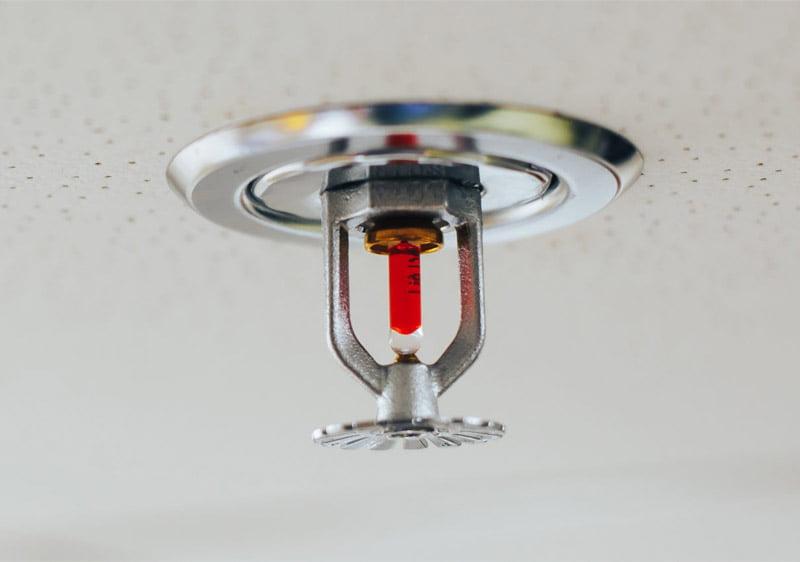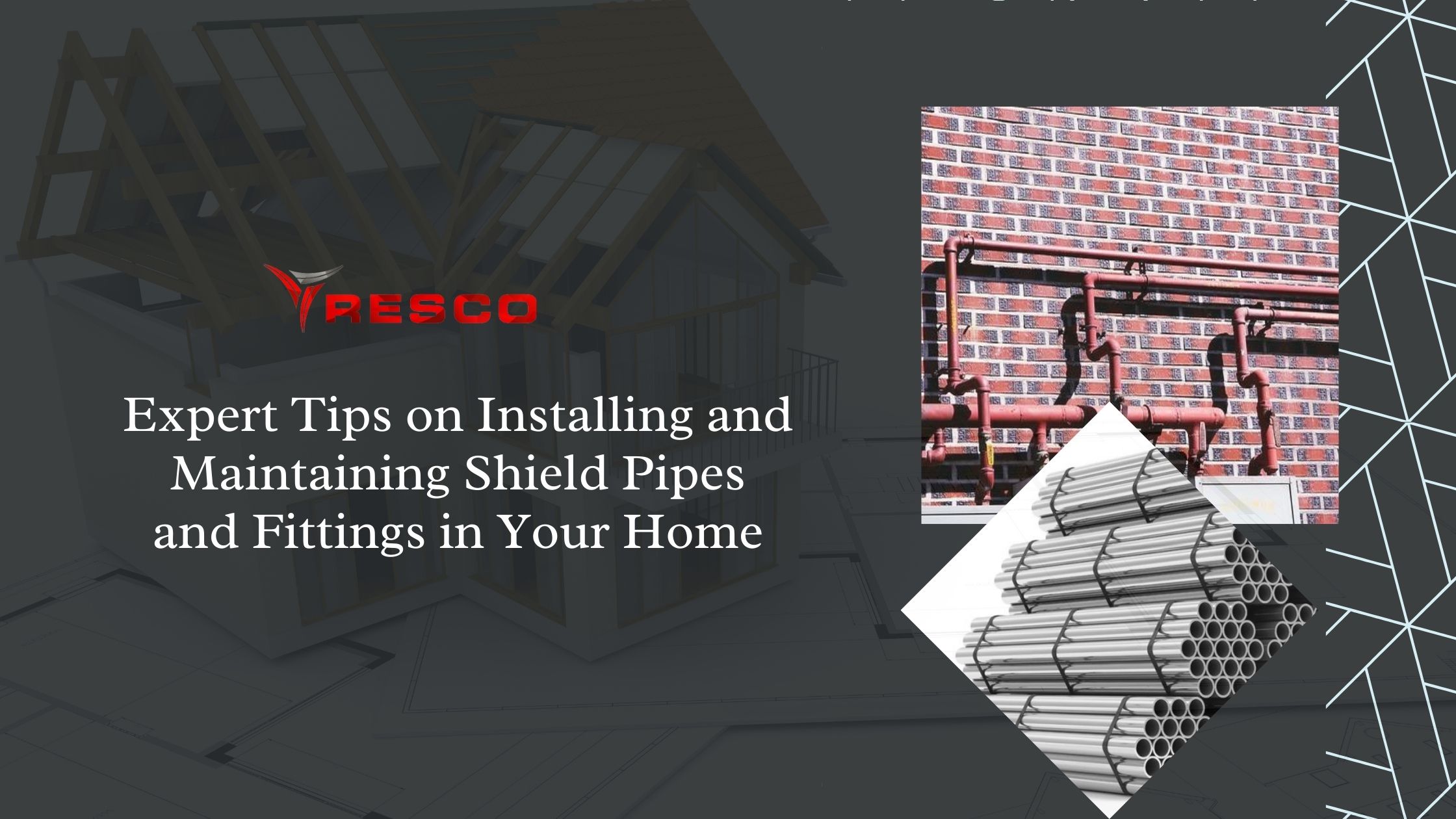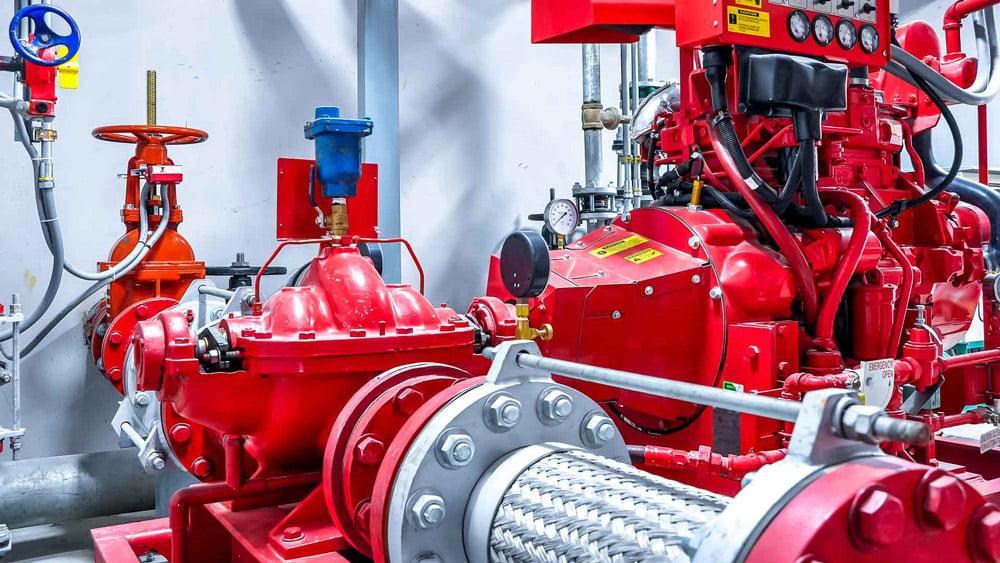In today’s world, safety is paramount, especially when it comes to protecting lives and property from the threat of fire. Fire alarm systems are a critical component of any comprehensive fire safety strategy, offering early detection and warning capabilities to facilitate prompt evacuation and minimize damage. In this comprehensive guide, we explore everything you need to know about fire alarm systems, from understanding their types and benefits to the installation process and common questions.

Introduction to Fire Alarm Systems
Fire alarm systems are designed to detect and alert occupants to the presence of fire, smoke, or other emergencies within a building. These systems consist of various components working together to provide early warning and facilitate timely response to fire incidents, thereby reducing the risk of injury or loss of life.
Types of Fire Alarm Systems
There are several types of fire alarm systems available, each designed to meet specific needs and requirements:
- Conventional Fire Alarm Systems: Conventional systems divide a building into zones, with each zone monitored by a separate circuit. When a detector in a zone activates, the control panel indicates the specific zone affected.
- Addressable Fire Alarm Systems: Addressable systems allow for individual identification of each device (e.g., smoke detectors, heat detectors) connected to the system. This provides precise information about the location of the fire or fault, aiding in faster response and troubleshooting.
- Wireless Fire Alarm Systems: Wireless systems use radio frequency (RF) technology to communicate between devices, eliminating the need for extensive wiring. These systems offer flexibility in installation and are ideal for retrofitting existing buildings.
- Hybrid Fire Alarm Systems: Hybrid systems combine the features of conventional and addressable systems, allowing for both zone-based and individual device identification. This provides a versatile solution suitable for a wide range of applications.
Benefits of Fire Alarm Systems
Investing in a fire alarm system offers numerous benefits, including:
- Early Detection: Fire alarm systems detect fire or smoke in its early stages, providing valuable time for evacuation and emergency response.
- Life Safety: By alerting occupants to the presence of fire, smoke, or other emergencies, fire alarm systems help to ensure their safety and well-being.
- Property Protection: Timely detection and response to fire incidents minimize property damage and loss, reducing repair and replacement costs.
- Compliance: Installation of fire alarm systems may be required by building codes, insurance policies, or regulatory authorities, ensuring compliance with safety standards.
Common Fire Alarm System Components
Fire alarm systems consist of various components, including:
- Control Panel: The control panel is the central processing unit of the fire alarm system, receiving signals from detectors and initiating alarms.
- Detectors: Detectors sense smoke, heat, or other signs of fire and trigger the alarm when activated.
- Notification Devices: Notification devices, such as horns, strobes, and speakers, alert occupants to the presence of a fire or other emergency.
- Power Supply: Fire alarm systems may be powered by batteries, mains electricity, or a combination of both, ensuring continuous operation during power outages.
Choosing the Right Fire Alarm System
Selecting the appropriate fire alarm system depends on various factors, including the size and occupancy of the building, regulatory requirements, and budget considerations. Consulting with a qualified fire safety professional can help determine the most suitable system for your specific needs.
Installation Process
The installation of a fire alarm system typically involves the following steps:
- Design and Planning: A fire safety engineer designs the system layout based on the building’s requirements and regulatory standards.
- Component Installation: Detectors, control panels, notification devices, and other components are installed according to the system design.
- Wiring and Integration: Wiring is installed to connect the various components of the fire alarm system, ensuring seamless communication and functionality.
- Testing and Commissioning: The installed system is thoroughly tested to ensure proper operation and compliance with safety standards.
- Training and Documentation: Building occupants and maintenance personnel are trained on the operation and maintenance of the fire alarm system, and documentation of the system is provided for future reference.
Common Questions about Fire Alarm Systems
- Are fire alarm systems required by law?
- Depending on local regulations and building codes, fire alarm systems may be required in certain types of buildings, such as commercial properties, high-rise buildings, and public facilities.
- How often should fire alarm systems be tested?
- Fire alarm systems should be tested and inspected regularly by qualified technicians to ensure proper operation and compliance with safety standards. Testing frequency may vary depending on factors such as system type, occupancy type, and regulatory requirements.
- Can fire alarm systems be integrated with other building systems?
- Yes, fire alarm systems can be integrated with other building systems, such as HVAC, access control, and security systems, to provide comprehensive building management and safety capabilities.
- How long do fire alarm systems last?
- The lifespan of a fire alarm system depends on various factors, including the quality of components, maintenance practices, and environmental conditions. With proper maintenance and regular inspections, fire alarm systems can last for many years.
Conclusion
Fire alarm systems are essential for protecting lives and property from the devastating effects of fire. By understanding the types, benefits, components, installation process, and common questions about fire alarm systems, building owners and occupants can take proactive measures to enhance fire safety and ensure peace of mind. With Resco’s innovative solutions and commitment to safety, you can trust that your fire protection needs are in capable hands.



